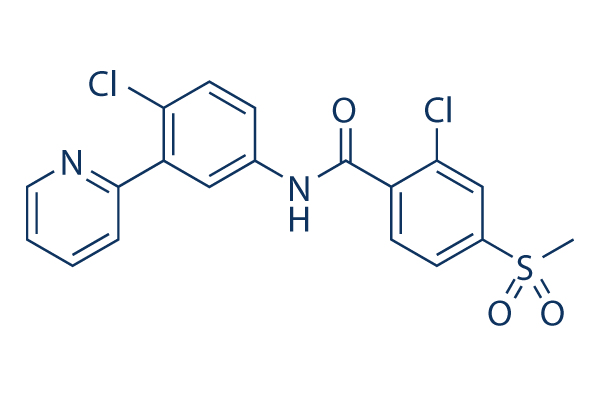Expres sion was detected of genes connected to ABC transport, amino acid transport, and oligopeptide, potassium and sulfate transport. Cell wall modification Provided the desire for structural modification from the root dur ing infection by rhizobia, several genes are involved in plant cell wall penetration and cytoskeletal reorganization. Some genes concerned in cell wall modification encode enzymes involved in carbohydrate metabolic process. That is specifically essential in nodula tion, given that the transcripts that encode enzymes energetic in this pathway may perhaps be acting specifically about the reorganization of the root and the formation of nodular framework. A review by Kaewsuralikhit et al, of soybean at 12 DAI, showed elevated expression of pectinesterase, one of several enzymes accountable for cell wall degradation dur ing the formation of nodules, which also occurs in Sesbania rostrata.
In Medicago truncatula, a pectin esterase was up regulated and cellulase was induced to the third and fourth days post inoculation. And from the present natural compound library research, we also identified the gene that en code pectinesterase 10 DAI, confirming that this gene is induced only some days submit inoculation, since within the early hrs, the pectinesterase selleck chemicals gene showed as down regulated. Yet another significant enzyme that has a large amount of expres sion in this study was sucrose synthase, which, amid other acknowledged functions in nodulation, contributes appreciably to improvement of cell wall. SSH validation by RT qPCR and proteomics Two genes, represented by Glyma16g06940 and Glyma 18g05710, have been selected for SSH validation by RT qPCR.
We took the genes that showed RPKM values of 460. 98 and 397. 18 respectively, so as to verify the sensitivity and good quality within the subtraction.  Expression levels of the two genes had been up regulated in the exact same time, 10 DAI. Proteomics was utilised as a supplemental functional analysis, in see to validate the transcriptional data. In parallel together with the RNA extraction, we also produced the protein extraction of each situations. Two dimensional gel electrophoresis profiles from the two ailments were in contrast with one another. Representative spots, which showed a significant greater volume while in the inoculated problem, were chosen and recognized by mass spectrometry. Two spots had been effectively identified and among the many se lected spots didnt fit to the statistical parameters of identi fication. These two proteins identified had been also found inside the subtractive library data, which represents a functional con firmation with the transcriptomic evaluation. Two of them had been only detected within the inoculated issue, a putative glutathi a single S transferase. The other identified protein was a sucrose synthase, which had a one.
Expression levels of the two genes had been up regulated in the exact same time, 10 DAI. Proteomics was utilised as a supplemental functional analysis, in see to validate the transcriptional data. In parallel together with the RNA extraction, we also produced the protein extraction of each situations. Two dimensional gel electrophoresis profiles from the two ailments were in contrast with one another. Representative spots, which showed a significant greater volume while in the inoculated problem, were chosen and recognized by mass spectrometry. Two spots had been effectively identified and among the many se lected spots didnt fit to the statistical parameters of identi fication. These two proteins identified had been also found inside the subtractive library data, which represents a functional con firmation with the transcriptomic evaluation. Two of them had been only detected within the inoculated issue, a putative glutathi a single S transferase. The other identified protein was a sucrose synthase, which had a one.
Aurora kinase B
Aurora kinase B was identified in humans by a polymerase chain reaction screen for kinases that are overexpressed in cancers
